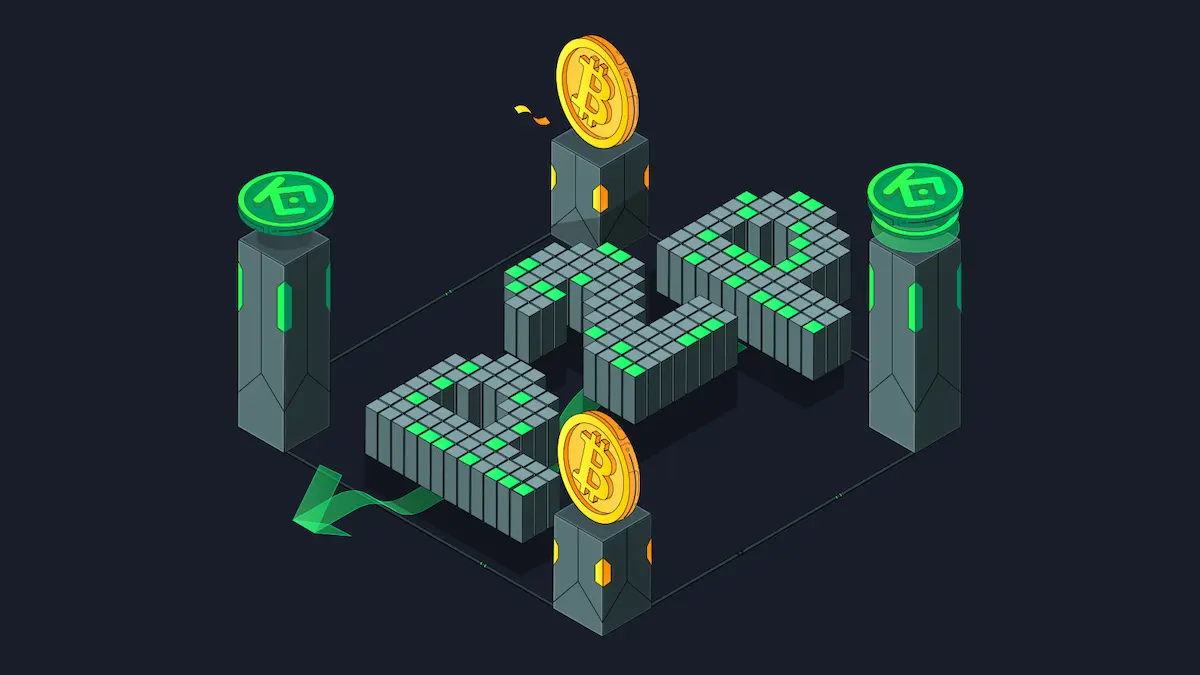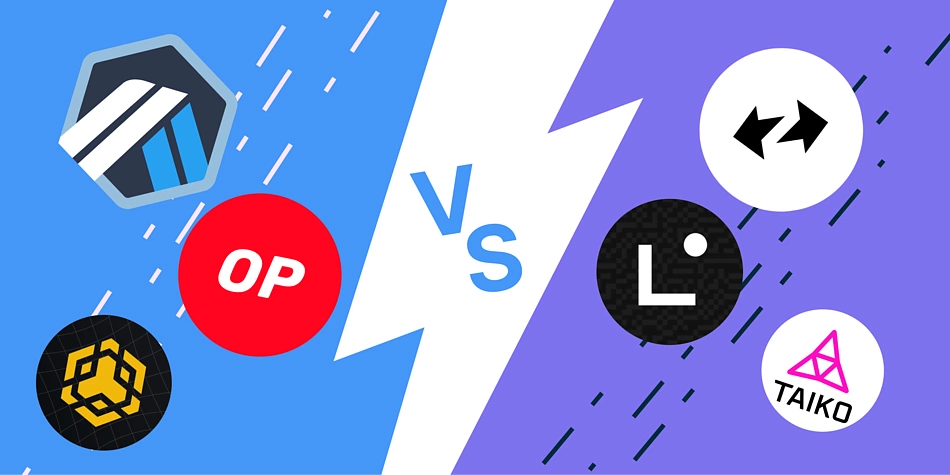Overview
Green blockchain refers to initiatives and technologies designed to make blockchain networks more sustainable and energy-efficient. As the adoption of cryptocurrencies and blockchain technology grows, their environmental impact has raised global concerns. Solutions such as transitioning to more efficient consensus mechanisms and using renewable energy are gaining traction to address these challenges.
Examples
- Ethereum 2.0 – Upgraded Ethereum by replacing Proof of Work (PoW) with Proof of Stake (PoS), reducing energy consumption by over 99%.
- Chia Network – Uses a Proof of Space and Time (PoST) model, lowering energy use by leveraging storage instead of intensive processing.
- Algorand – Designed as a carbon-negative blockchain, it employs a PoS consensus mechanism and offsets its carbon emissions.
Advantages
- Lower energy consumption – Mechanisms like PoS drastically cut down electricity usage compared to PoW.
- Greater institutional adoption – Businesses and governments are more inclined to adopt sustainable blockchain solutions.
- Reduced carbon footprint – Encourages the use of renewable energy in mining and transaction processing.
- Efficiency and scalability – Green blockchains tend to be faster and more efficient than traditional ones.
Challenges & Limitations
- Resistance to change – Many industry players still prefer PoW due to its proven security.
- Decentralization concerns – Some models, like PoS, may favor those with higher token holdings, creating inequality.
- Transition costs – Shifting to greener technologies requires significant investment in research and development.
- Lack of regulatory standards – The absence of clear regulations complicates widespread adoption.
Evolution
The concept of green blockchain has progressed significantly in recent years. Initially, cryptocurrencies like Bitcoin faced criticism for their high energy consumption. Over time, alternatives such as Ethereum 2.0 and eco-friendly networks like Tezos and Solana emerged. Additionally, initiatives promoting renewable energy in mining operations have gained relevance, fostering a more sustainable ecosystem.
A key development has been the rise of layer-two solutions, such as Lightning Network and Optimistic Rollups, which reduce the number of transactions recorded on the main blockchain, thereby decreasing energy consumption. Moreover, mining companies have started utilizing alternative energy sources like solar, wind, and hydroelectric power to run their operations. These innovations are reshaping the perception of blockchain as a sustainable technology.
Market Sentiment
The market has shown growing interest in green blockchain. Large corporations like Tesla have tied Bitcoin acceptance to its environmental impact, while institutional investors seek sustainable options to comply with ESG (Environmental, Social, and Governance) regulations. However, some traditional sectors continue to defend PoW for its security and decentralization.
Conclusion
The evolution of green blockchain is crucial for the sustainability of the crypto ecosystem. As regulatory pressure and environmental awareness increase, more projects are adopting energy-efficient models. While challenges remain, innovation in this field could shape the future of decentralized finance and blockchain technology, ensuring its long-term viability without compromising the environment.







